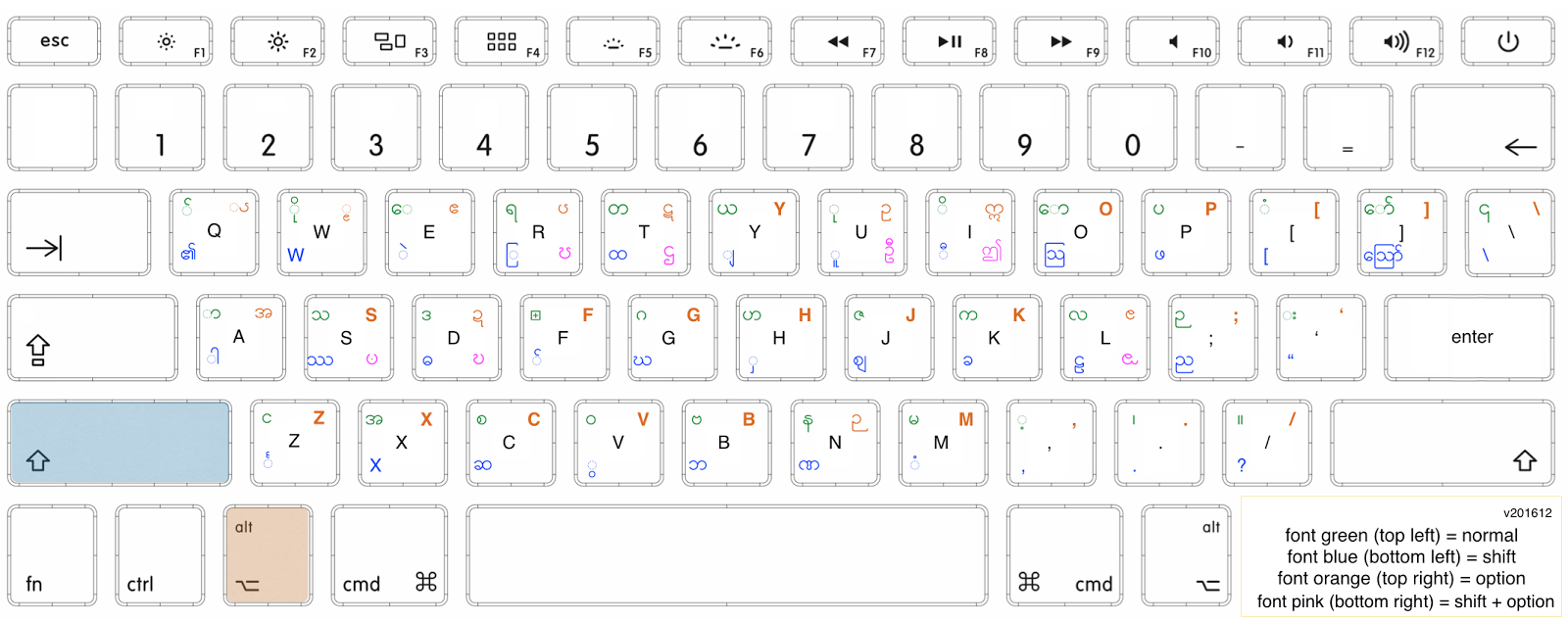
List Of Unicode Characters
HTML is a markup language, and, as such, HTML documents contain both content and the instructions describing the document together as plain text in the document itself. Typically, the vast majority of characters are part of the document’s content. However, there are other “special” characters in the mix. In HTML, these form the tags corresponding to the HTML elements that define the structure and semantics of the document. Moreover, it’s worth taking a moment to recognize that the syntax itself — i.e. its implementation — creates a need for additional markup-specific characters. The ampersand (&) is special because it marks the beginning of all other character references.
- Viewed using the wrong code page, it will look like a bunch of scrambled letters and symbols.
- I would therefore recommend using LuaTeX when you can, then XeTeX if you have to, and PDFTeX if it’s all that your publisher supports.
- Unicode equivalence or Unicode normalization is the specification by the Unicode character encoding standard that some sequences of code points represent essentially the same character.
- There are tens if not hundreds of character encodings.
In text processing, Unicode takes the role of providing a unique code point—a number, not a glyph—for each character. In other words, Unicode represents a character in an abstract way and leaves the visual rendering to other software, such as a web browser or word processor. This simple aim becomes complicated, however, because of concessions made by Unicode’s designers in the hope of encouraging a more rapid adoption of Unicode. Unicode, in intent, encodes the underlying characters—graphemes and grapheme-like units—rather than the variant glyphs for such characters. In the case of Chinese characters, this sometimes leads to controversies over distinguishing the underlying character from its variant glyphs .
Create Unicode Characters For Text In Gimp Bullet Points, Symbols, Icons
These codes let you insert the majority of special characters by holding down the Alt key while punching in a code into the number pad. For example, the Alt + 0169 code shortcut allows you to insert the Copyright symbol easily. On the Macintosh with OS X, after activating the Hex input method, simply hold down the option key when typing the codes. After each fourth one, you get the character inserted in the document, and in newer software, the “Last Resort” font will be used if there is no regular font available for the character. So why doesn it matter that they’re separate characters? Because if they weren’t (i.e. if they were just normal fonts), then you wouldn’t be able to copy and paste them!
There are also Option+Shift keyboard shortcuts, and ones that don’t use accented letters. For example, typing Option+4 gets you a cent symbol (¢) instead of a dollar sign. Washington State University has a good list of Option and Option+Shift shortcuts for typing special characters on a Mac.
Where Are The Characters Stored?
Unicode encodes language letters, numbers and a large number of other symbols. Finally somebody had enough of the mess and set out to forge a ring to bind them all create one encoding standard to unify all encoding standards. It basically defines a ginormous table of 1,114,112 code points that can be used for all sorts of letters and symbols. This was either impossible or very very hard to get right before Unicode came along.
Microsoft Windows NT, SQL Server, Java, COM, and the SQL Server ODBC driver and OLEDB provider all internally represent Unicode data as UCS-2. In UTF-8, every code point from is stored in a single bytes. Only code points 128 and above are stored using 2,3 or in fact, up to 4 bytes. In short, UTF-8 is variable length encoding and takes 1 to 4 bytes, depending upon code point. UTF-16 is also variable length character encoding but either takes 2 or 4 bytes. In short, you just need a character encoding scheme to interpret a stream of bytes, in the absence of character encoding, you cannot show them correctly.
I received a query download page from reader Partha D about generating unicode keystrokes using the SendInput function in Windows. As I understand it, Partha wants to generate one or more unicode keystrokes when a particular keyboard shortcut is pressed. The following example program illustrates the use of the SendInput function to generate keyboard events for unicode characters. It just generates a single keystroke after a 3-second delay. There are specific unicode characters I want to just be able to quickly type WITHOUT having to put in the unicode code every single time.
